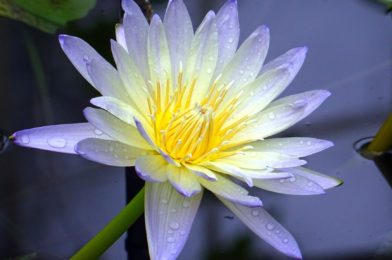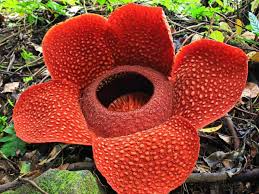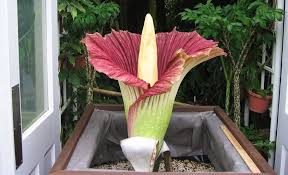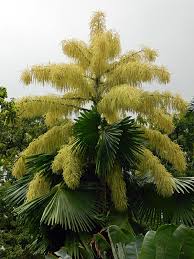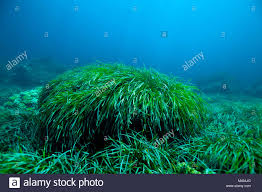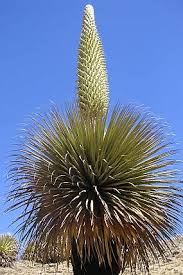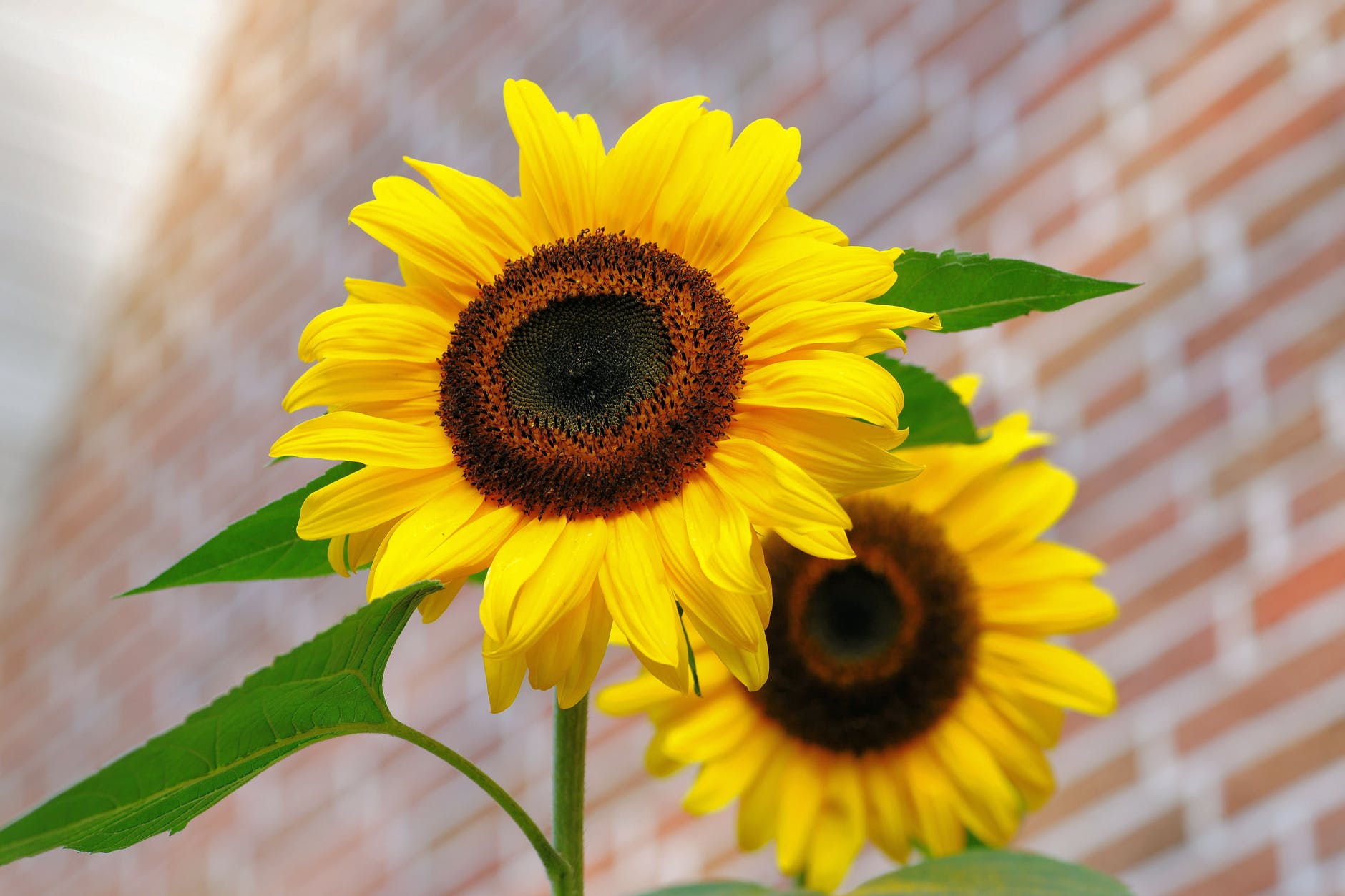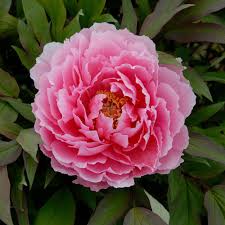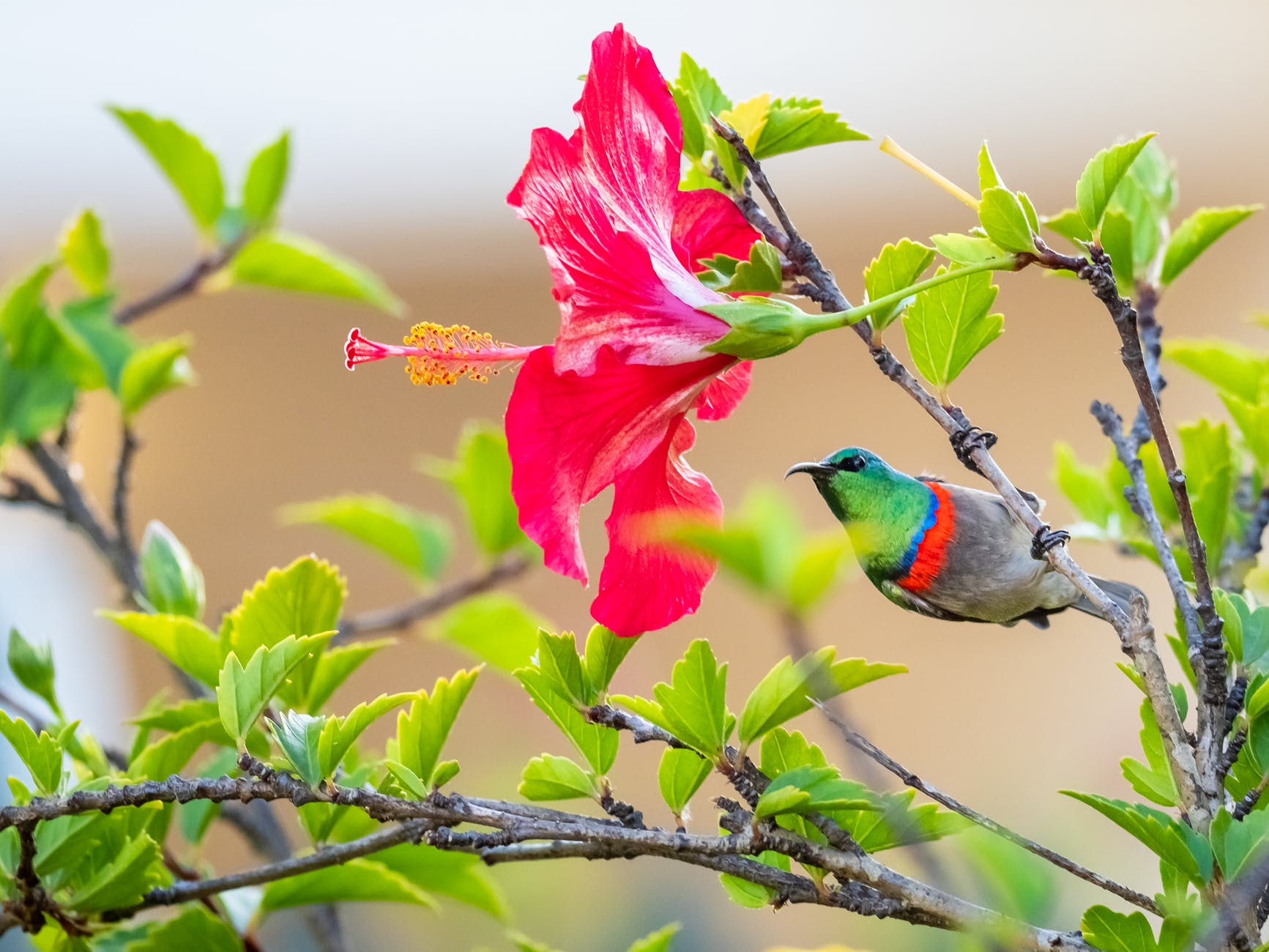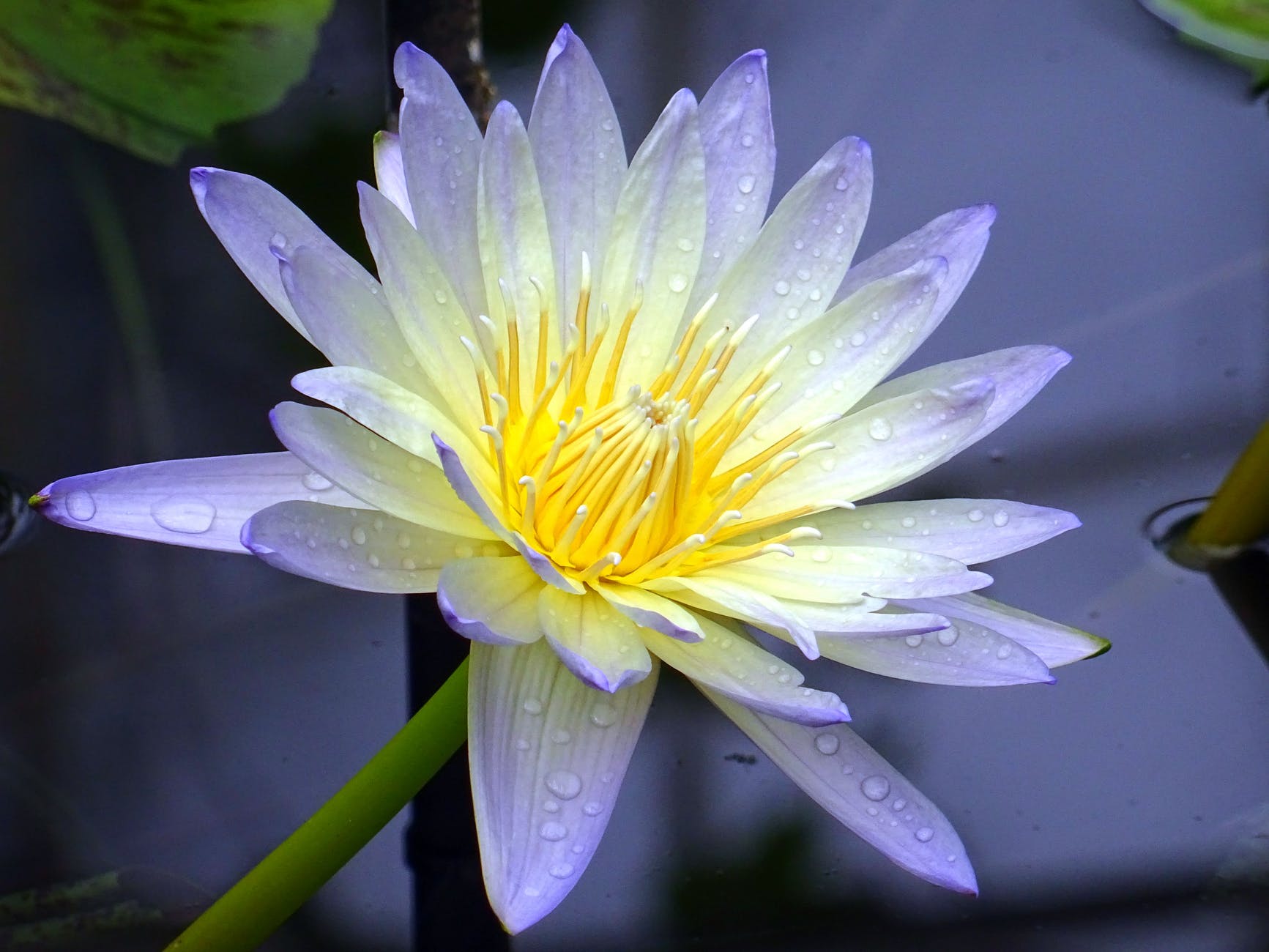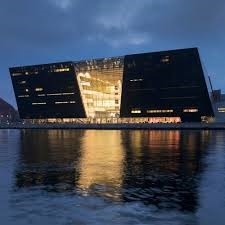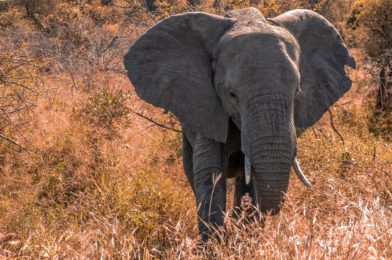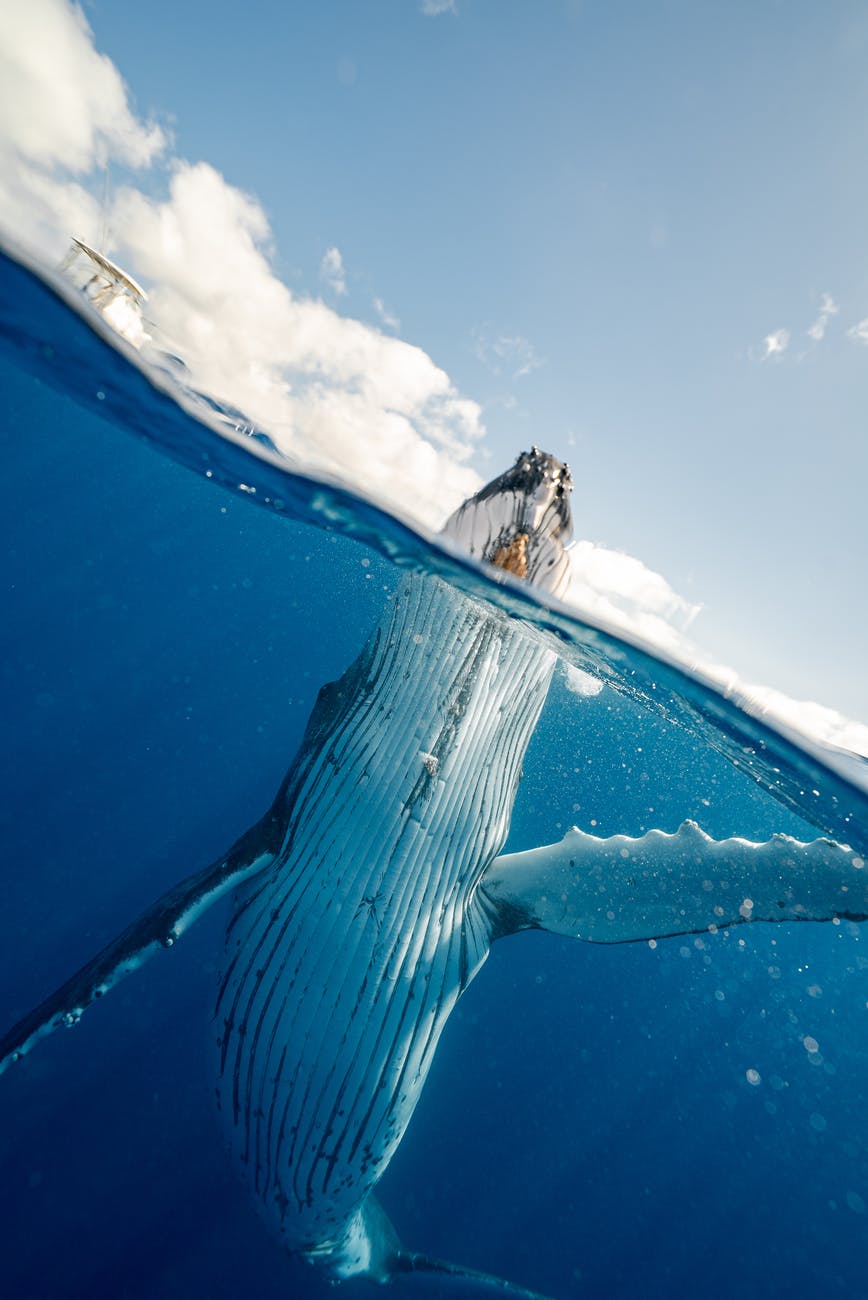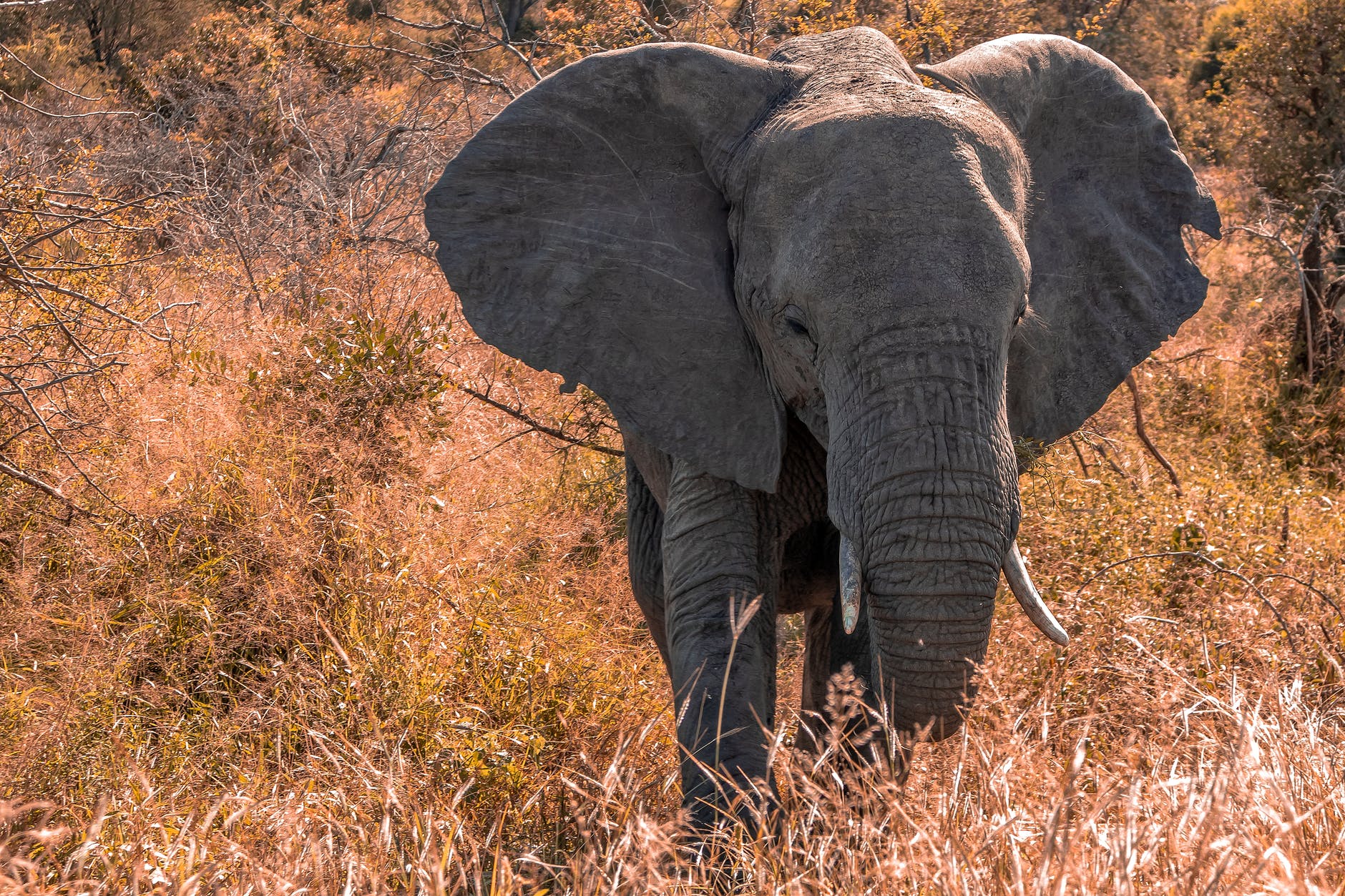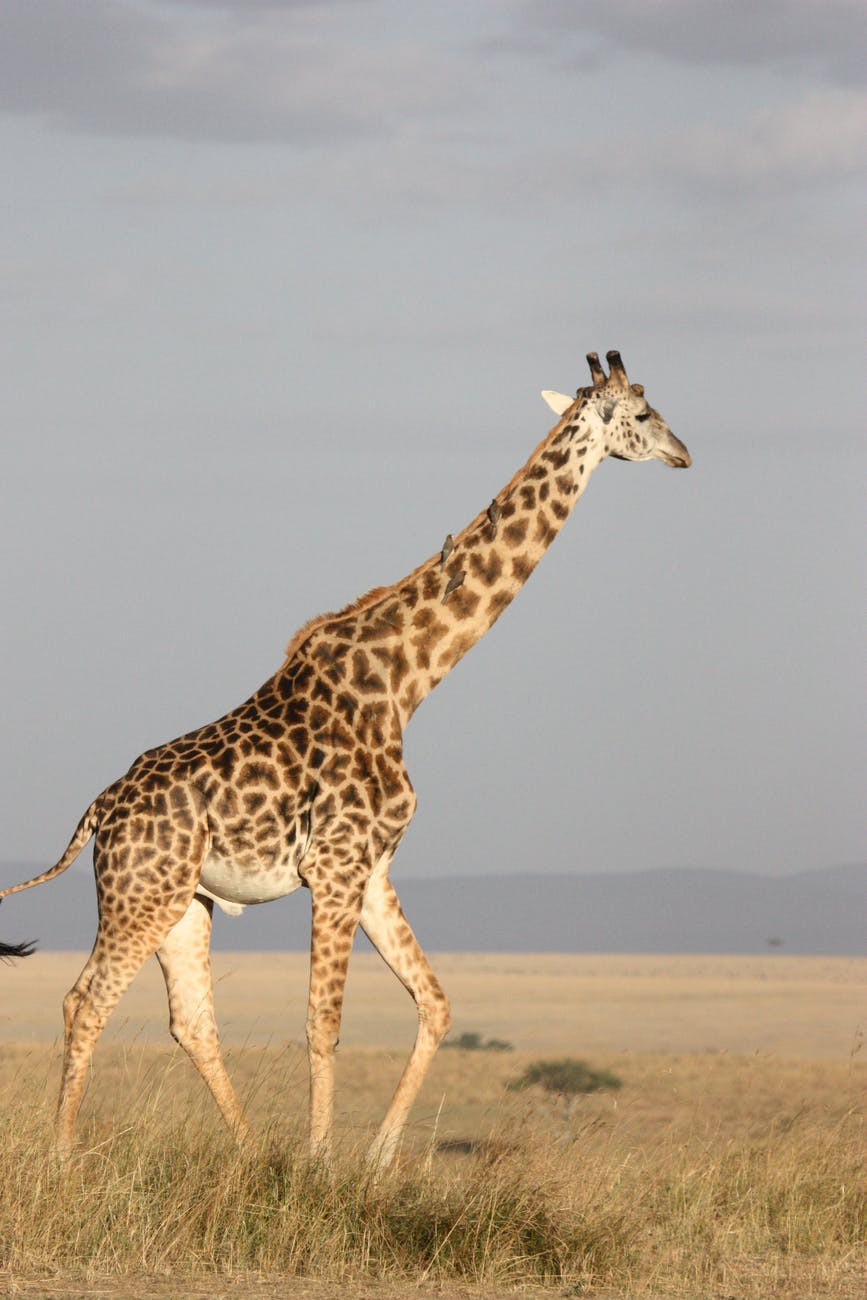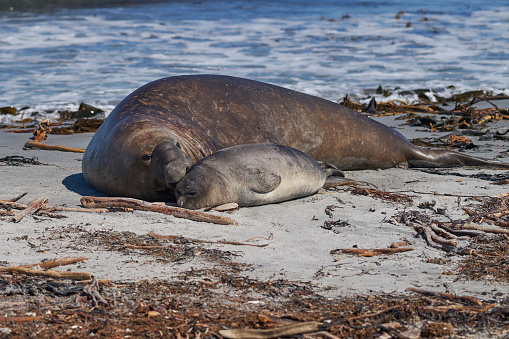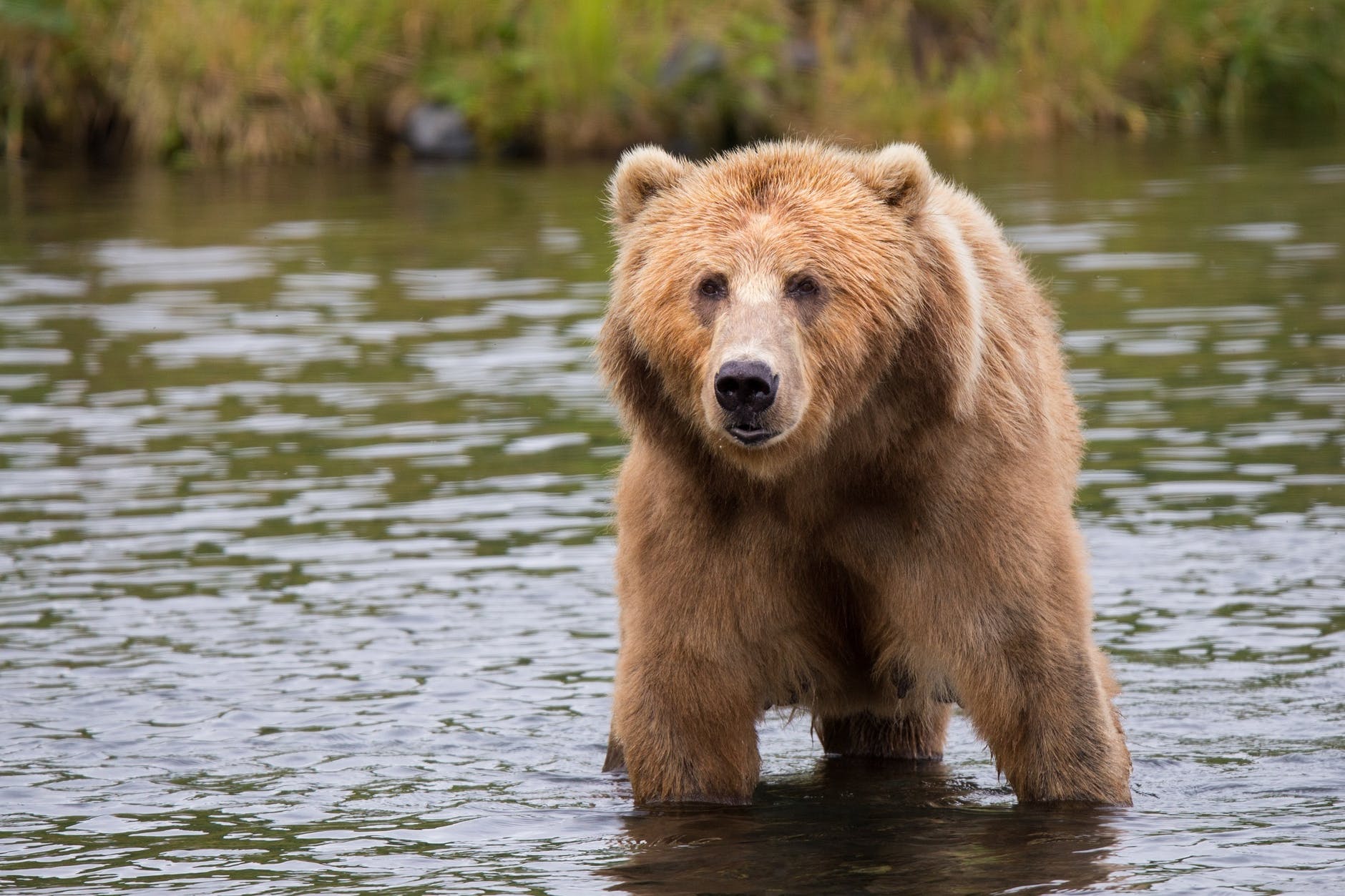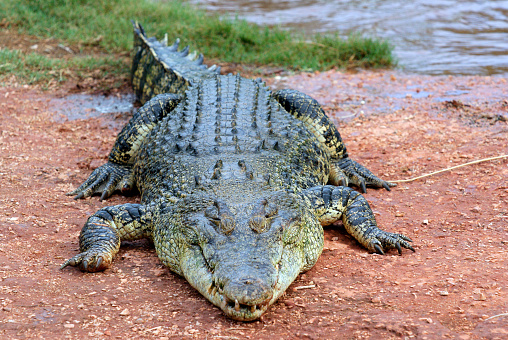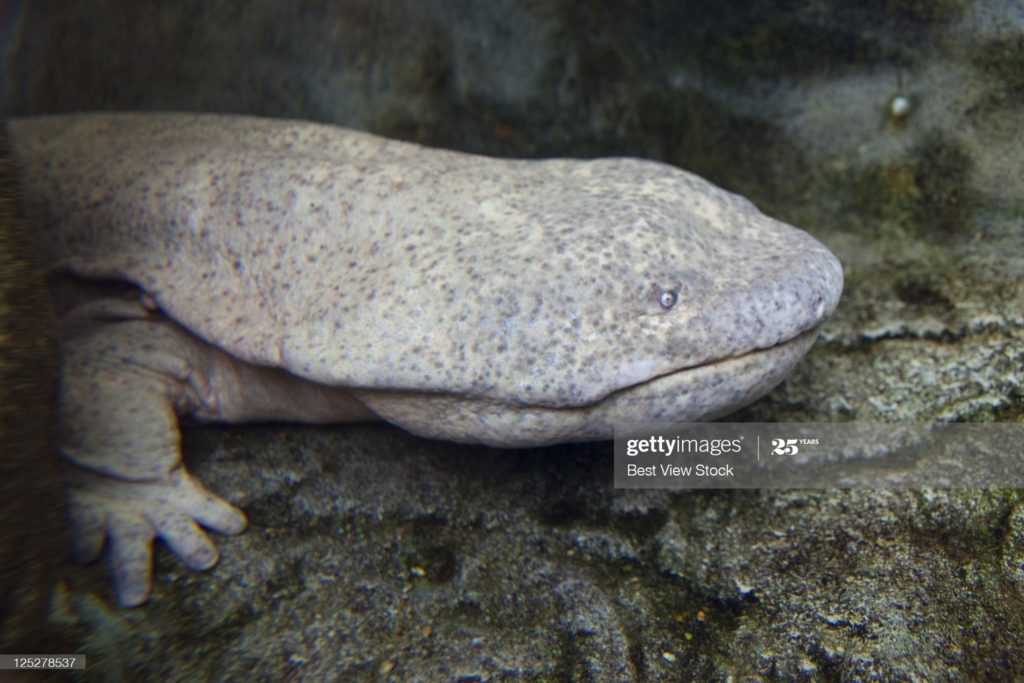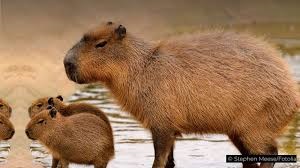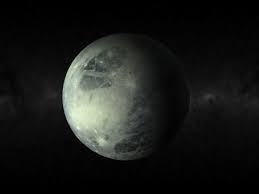About 70 percent of the Earth’s surface is covered with water. This water is composed of the world’s five oceans as well as many other bodies of water. One of these common water body types is a sea, a large lake-type water body that has saltwater and is sometimes attached to an ocean. However, a sea does not have to be connected to an ocean outlet; the world has many inland seas, such as the Caspian. The majority of life on Earth is aquatic. As so much of the Earth’s surface is underwater, it comes as no surprise that marine species outnumber those on land. But, it’s an incredible 94 per cent of the Earth’s living species that exist within the oceans. According to the World Register of Marine Species there are now 240,470 accepted species, but this is believed to be just a small proportion of the species that exist, with new marine life being discovered every day. Over 70 per cent of our planet’s oxygen is produced by the ocean. It’s thought that between 70 and 80 per cent of the oxygen we breathe is produced by marine plants, nearly all of which are marine algae. It’s possible to find rivers and lakes beneath the ocean.
The following is a list of the Earth’s 10 Biggest Occeans and Seas based on US geological survey.
1.Pacific Ocean
The word “Pacific” means peaceful. The Pacific Ocean is the largest ocean on the planet. It is so large it is bigger than the landmass of all the world’s continents combined. The Pacific Ocean is located between Americas to the East of the Pacific Ocean basin and the Asian and Australian continents to the West. The Equator divides the Pacific Ocean into the North Pacific Ocean and the South Pacific Ocean. It covers more than 30% of the earth’s surface. The Pacific Ocean is also the deepest ocean. The Pacific Ocean contains around 25,000 islands. The ring of fire is located in the Pacific Ocean basin. A number of volcanoes form a ring around the basin which is where the name comes from. The Pacific Ocean contains more than 75,000 volcanoes. Temperatures vary across the Pacific Ocean. The closer to the equator the warmer the water’s temperatures. Water near the poles reaches the freezing point.
The Pacific Ocean is home to most of the world’s islands. The Pacific Ocean is also home to many Atolls. An Atoll is a coral island surrounded by a lagoon. Atolls are only found in warm ocean waters. The Pacific Ocean is also home to the Great Barrier Reef. This reef is the largest in the world and stretches more than 1,429 miles. The Pacific Ocean actually shrinks by one inch every year , this is caused by the movement of tectonic plates. Marine Pollution has increased by over 100 times in the Pacific Ocean over the past 40 years. Pollution is most prevalent in the northeast part of the Pacific Ocean. The main culprit for the pollution of the water is small fragments of plastic which float in the water, polluting the surrounding environment and endangering wildlife. In addition to this, the Pacific has been polluted by the debris from satellite crashes, such as Mars 96, which broke up over a 200-mile stretch of the water, and also hit Chile and Bolivia.
2.Atlantic Ocean
Atlantic Ocean is the second largest ocean out of the other 5 world oceans, it is the second youngest. It covers approximately 20 percent of Earth’s surface and about 29 percent of its water surface area. The Atlantic Ocean is incredibly deep. It has an average depth of 10,925 feet (3,300 metres) and a maximum depth of 27,493 feet (8,380 metres) in the Puerto Rico Trench, north of the island of Puerto Rico. It has an area of about 106,460,000 km2 (41,100,000 sq mi). Atlantic Ocean, body of salt water covering approximately one-fifth of Earth’s surface and separating the continents of Europe and Africa to the east from those of North and South America to the west. The ocean’s name, derived from Greek mythology, means the “Sea of Atlas.” The Atlantic is, generally speaking, S-shaped and narrow in relation to its length. On average, the Atlantic is the saltiest of the world’s major oceans. The Equator divides the Atlantic Ocean into the North Atlantic Ocean and the South Atlantic Ocean and is located between Americas to the West of the Atlantic Ocean basin and the continents of Europe and Africa to the East. The Atlantic Ocean’s climatic zones vary with latitude: The warmest climatic zones stretch across the Atlantic north of the equator, while the coldest zones are in the high latitudes corresponding to the areas covered by sea ice. The Atlantic Ocean fisheries are the second most important in the world accounting for 28%, or 22,434,652 mt, of the global catch in 2017; of the seven regions delineated by the Food and Agriculture Organization in the Atlantic basin. Ocean water is on the move, affecting your climate, your local ecosystem, and the seafood that you eat. Ocean currents, abiotic features of the environment, are continuous and directed movements of ocean water. These currents are on the ocean’s surface and in its depths, flowing both locally and globally. Winds, water density, and tides all drive ocean currents. Ocean sediments comprise terrigenous, pelagic, and authigenic materials, which are so identified based on their origin and location on the sea floor. Terrigenous deposits formed by erosion, weathering, and volcanic activity on land and then washed to sea comprise sand, mud, and rock particles resting primarily on the continental shelves.
Terrigenous deposits are thickest off the mouths of large rivers or off desert coasts. Pelagic deposits, covering the sea floor in the deep waters far from shore are of two general types: the red clays resulting primarily from dust that has settled on the water, and the oozes, which are the remains of organisms that sink to the ocean floor. Depending on the predominant types of organisms forming them, the oozes are either calcareous or siliceous. Covering most of the ocean floor and ranging in thickness from 200 to 11,000 feet (60 to 3,300 meters), pelagic deposits are thickest in the convergence belts and in the zones of upwelling. Authigenic comprise materials such as manganese nodules that occur where sedimentation proceeds slowly or where currents sort the deposits. The salinity of the surface waters in the open ocean ranges from 33 to 37 parts per thousand (3.3 – 3.7 percent) by mass and varies with latitude and season. Surface salinity values are influenced by evaporation, precipitation, river inflow, and melting of sea ice. Although the minimum salinity values are found just north of the equator, in general the lowest values are in the high latitudes and along coasts where large rivers flow into the ocean. Maximum salinity values occur at about 25° north and south of the equator, in subtropical regions with low rainfall and high evaporation.
3.Indian Ocean
The Indian Ocean is the third-largest of the world’s oceanic divisions. It covers 70,560,000 km2 (27,240,000 sq mi) or 19.8% of the water on Earth’s surface. Indian Ocean’s average depth is 12,990 feet (3,960 metres), and its deepest point, in the Sunda Deep of the Java Trench off the southern coast of the island of Java, is 24,442 feet (7,450 metres). It is bounded by Asia to the north, Africa to the west and Australia to the east. Indian Ocean is unique. It constitutes the core of the large-scale Tropical Warm Pool which, when interacting with the atmosphere, affects the climate both regionally and globally. The name originates from the location around the Indian penisula. In size the Indian Ocean is comparable with roughly 5.5 times the size of the USA. Northern Indian Ocean also is the most important transport route for oil as it connects the oil-rich countries of the Middle East Each with Asia. Every day tankers are carrying a cargo of 17 million barrels of crude oil from the Persian Gulf on its waters. 40% of the world’s offshore oil production comes from the Indian Ocean, mainly from oilfields of Indonesia and the Persian Gulf. Suez Canal in Egypt, the Strait of Malacca between Malaysia and Indonesia are the two most well known waterways in the Indian Ocean. Asia blocks heat export and prevents the ventilation of the Indian Ocean thermocline.
The Indian Ocean is the warmest ocean in the world. Long-term ocean temperature records show a rapid, continuous warming in the Indian Ocean, at about 1.2 °C (34.2 °F). The temperature of 28 degrees Celsius/82 degrees Fahrenheit or higher is reached in coastal regions near the equator. On average the Indian Ocean has a minimum temperature of around 22 degrees Celsius/71 degree Fahrenheit. However in the southern regions, nearer to the polar regions the temperatures drop drastically below 40 degrees latitude south. Singapore port, Mumbai and Chennai ports in India, Aden (Yemen), Jakarta (Indonesia), Mombasa (Kenya), Durban port(South Africa) are the major seaports of the Indian Ocean. The Indian Ocean contains the largest submarine fans of the world, the Bengal Fan and Indus Fan, and the largest areas of slope terraces and rift valleys. The Indian Ocean is bounded by Iran, Pakistan, India, and Bangladesh to the north; the Malay Peninsula, the Sunda Islands of Indonesia, and Australia to the east; Antarctica to the south; and Africa and the Arabian Peninsula to the west. Mumbai (India), Colombo (Sri Lanka), Singapore (Singapore), Perth (Australia), Dar-es-Salaam (Tanzania), Durban (South Africa) are some big coastal cities situated along the Indian Ocean. The Indian Ocean provides home to many endangered sea species such as turtles, seals and dugongs (also called sea cows).
4.Southern Ocean
The Southern Ocean, also known as the Antarctic Ocean, South Polar Ocean or the Austral Ocean. Southern portions of the Pacific, Atlantic, and Indian oceans and their tributary seas surrounding Antarctica are called Southern Ocean. It is regarded as the second-smallest of the five principal oceanic divisions: smaller than the Pacific, Atlantic, and Indian oceans but larger than the Arctic Ocean. Southern Ocean is the fourth biggest ocean on earth and covers only 6% of the earth’s surface. The Southern is between 4,000m and 4,800m/12,000ft and 14,000ft deep with some deep trenches. The average depth is about 3,200m/10,700ft. The deepest point in the Southern Ocean is in the South Sandwich Trench with a depth of over 7,000m 23,000ft. Icebergs will be encountered in the Southern Ocean during any season. Big iceberg fragments drift in the water. They can big several hundred metres high. The sea temperatures of the Southern Ocean range from -2 deg Celsius to 10 degrees Celsius/28F – 50F. The climatic conditions depend also on the seasons. The Southern Ocean is thus ’emerging’ from the waters of the South Atlantic Ocean, the South Pacific Ocean and the Indian Ocean in latitudes south of 60 degrees South.
The Southern Ocean is now the fourth largest of the world’s five oceans. The ocean’s most important organism in the higher food chain is the small, shrimplike krill. Animals on the sea bottom of the near-shore zone include the sessile hydrozoans, corals, sponges, and bryozoans, as well as the foraging, crablike sea spiders and isopods, the annelid worm polychaete, echinoids, starfish, and a variety of crustaceans and mollusks. At the sea bottom there are also eelpouts, sea snails, rat-tailed fishes, and codlike fishes. It was formed ‘only’ 30 million years ago when South America and Antarctica moved apart. Southern Ocean is home to the emperor penguins and wandering albatrosses, blue whales and fur seals. The biggest of the seals are the elephant seals which weigh up to 4,000kg/8,818lb. Every spring over 100 million birds nest on the rocky shores of Antarctica. There are only a few ports in the Southern Ocean. The ports belong mainly to research stations, such as the Rothera Station (British research base), Palmer Station (USA), Mawson Station (Australia), but the southernmost ports in Australia are recognised also as ports of the Southern Ocean. Among them are Adelaide port in South Australia and Macquarie Port on Tasmania.
5.Arctic Ocean
The Arctic Ocean is located in the northern hemisphere north of 60 degrees North latitude and borders the Eurasian and North American continents and surrounds Greenland and several islands. The Arctic Ocean is the smallest and shallowest of the world’s five major oceans. It is also known as the coldest of all the oceans. It is mostly covered by sea ice throughout the year and almost completely in winter. The Arctic Ocean derives its name from the word ‘arktos’ which means ‘bear’ in Greek. It covers less than 3% of the earth’s surface. The Arctic Ocean’s surface temperature and salinity vary seasonally as the ice cover melts and freezes; its salinity is the lowest on average of the five major oceans, due to low evaporation, heavy fresh water inflow from rivers and streams. Its area of 5,440,000 square miles (14,090,000 square km). The deepest sounding obtained in Arctic waters is 18,050 feet (5,502 metres), but the average depth is only 3,240 feet (987 metres). Distinguished by several unique features, including a cover of perennial ice and almost complete encirclement by the landmasses of North America, Eurasia, and Greenland, the north polar region has been a subject of speculation since the earliest concepts of a spherical Earth. From astronomical observations, the Greeks theorized that north of the Arctic Circle there must be a midnight sun at midsummer and continual darkness at midwinter. The sediments of the Arctic Ocean floor record the natural of the physical environment, climate, and ecosystems on time scales determined by the ability to sample them through coring and at resolutions determined by the rates of deposition. Of the hundreds of sediment corings taken, only four penetrate deeply enough to predate the onset of cold climatic conditions.
The oldest (approximately 80-million-year-old black muds and 67-million-year-old siliceous oozes) document that at least part of the Arctic Ocean was relatively warm and biologically productive prior to 40 million years ago.
The Arctic Ocean is warming faster than anywhere else on Earth and feeling the onslaught of climate change. The U.S., Canada, Greenland, Iceland, Norway, and Russia all have territories that reach into the Arctic Ocean. As once impenetrable sea ice becomes less stable, Northern Hemisphere countries have begun to take a greater interest in the Arctic as a path for shipping lanes, military presence, and commercial opportunities, particularly oil and gas exploration. Many animals that are often seen roaming the sea ice are also adapted for the water. Polar bears have large, paddle-like paws to propel them through the water, and they’ve been documented swimming for hours. Walruses have large tusks that they use to pull themselves out of the water, and they find much of their food by foraging along the sea floor. Whales and fish are often an important food source for indigenous people living in the Arctic, but commercial fishing has been banned in much of the Arctic Ocean.
6.Arabian Sea
The Arabian Sea has been an important marine trade route since the era of the coastal sailing vessels. The Arabian Sea was formed within the past roughly 50 million years as the Indian subcontinent collided with Asia. The Arabian Sea has a monsoon climate. Minimum air temperatures of about 75 to 77 °F (24 to 25 °C) at the sea’s surface occur in the central Arabian Sea in January and February, while temperatures higher than 82 °F (28 °C) occur in both June and November. Its total area is 3,862,000 km2 (1,491,000 sq mi) and its maximum depth is 4,652 meters (15,262 ft). Arabian Sea is bounded to the west by the Horn of Africa and the Arabian Peninsula, to the north by Iran and Pakistan, to the east by India, and to the south by the remainder of the Indian Ocean. To the north the Gulf of Oman connects the sea with the Persian Gulf via the Strait of Hormuz. To the west the Gulf of Aden connects it with the Red Sea via the Bab el-Mandeb Strait. Major seaports include Kandla Port, Okha Port, Mumbai Port, Nhava Sheva Port (Navi Mumbai), Mormugão Port (Goa), New Mangalore Port, Vizhinjam International Seaport and Kochi Port in India, the Port of Karachi, Port Qasim, and the Gwadar Port in Pakistan, Chabahar Port in Iran and the Port of Salalah in Salalah, Oman.
The biggest river flowing into the sea is the Indus River. Jawaharlal Nehru Port in Mumbai is the largest port in the Arabian Sea, and the largest container port in India. Major Indian ports in the Arabian Sea are Mundra Port, Kandla Port, Nava Sheva, Vizhinjam International Seaport The Vizhinjam International Deepwater Multipurpose Seaport, also known as the Vizhinjam International Seaport and the Port of Trivandrum. Kochi Port, Mumbai Port, and Mormugao. There are several islands in the Arabian Sea, with the most important ones being Lakshadweep Islands (India), Socotra (Yemen), Masirah (Oman) and Astola Island (Pakistan). Stretching southeastward from Socotra is the submarine Carlsberg Ridge, which coincides with the belt of seismic activity in the Indian Ocean that divides the Arabian Sea into two major basins—the Arabian Basin to the east and the Somali Basin to the west. The region, which contains many fish remains, is known as a fish cemetery. The Arabian Sea contributes to a monsoon climate in the surrounding region by providing the water necessary for the wet storms. During the monsoon season, winds on the sea generally blow from the southwest and are particularly cold. A rich and varied aquatic habitat is supported in the Arabian Sea by high levels of inorganic
7.South China Sea
The South China Sea is a marginal sea of the Western Pacific Ocean. It is bounded in the north by the shores of South China (hence the name), in the west by the Indochinese Peninsula, in the east by the islands of Taiwan and northwestern Philippines (mainly Luzon, Mindoro and Palawan), and in the south by Borneo, eastern Sumatra and the Bangka Belitung Islands, encompassing an area of around 3,500,000 km2 (1,400,000 sq mi). The South China Sea is a region of tremendous economic and geostrategic importance. One-third of the world’s maritime shipping passes through it, carrying over US $3 trillion in trade each year.[1] Huge oil and natural gas reserves are believed to lie beneath its seabed.
At present, it is improbable that the PLA would attempt to actually land troops and occupy the island of Taiwan, because the probability of a successful military operation with minimum casualties for China is low.
The South China Sea is a critical commercial gateway for a significant portion of the world’s merchant shipping, and hence is an important economic and strategic sub-region of the Indo-Pacific. Geographically, the South China Sea plays a significant role in the geopolitics of the Indo-Pacific. The South China Sea is bordered by Brunei, Cambodia, China, Indonesia, Malaysia, the Philippines Singapore, Taiwan, Thailand and Vietnam. Their recent economic growth has contributed to a large portion of the world’s commercial merchant shipping passing through these waters. Japan and South Korea rely heavily on the South China Sea for their supply of fuels and raw materials and as an export route, although the availability of diversionary sea lanes bypassing the South China Sea provides non-littoral states with some flexibility in this regard. The South China Sea also contains rich, though unregulated and over-exploited fishing grounds and is reported to hold significant reserves of undiscovered oil and gas.
The South China Sea Islands consist of over 250 islands, atolls, cays, shoals, reefs and seamounts in the South China Sea. The islands are mostly low and small, and have few inhabitants. The islands and surrounding seas are subject to overlapping territorial claims by the countries bordering the South China Sea. More than half of the world’s fishing vessels are in the South China Sea, and millions of people depend on these waters for their food and livelihoods.
But the South China Sea has been dangerously overfished. Total fish stocks have been depleted by 70 to 95 percent since the 1950s. Coral reefs, which are vital to marine habitats, have been declining by 16 percent per decade, according to a report from the Center for Strategic and International Studies. The region also is the subject of more than a dozen overlapping and interconnected disputes over who is in charge of the various islands, rocks, shoals and reefs scattered throughout the South China Sea waters. For example, the Spratly Islands are claimed in entirety by China, Taiwan and Vietnam and in part by Brunei, the Philippines and Malaysia; each except Brunei occupies some of the islands.
- Caribbean Sea
The Caribbean Sea is an American Mediterranean sea of the Atlantic Ocean in the tropics of the Western Hemisphere. The entire area of the Caribbean Sea, the numerous islands of the West Indies, and adjacent coasts, are collectively known as the Caribbean. The name “Caribbean” derives from the Caribs, one of the region’s dominant Native American groups at the time of European contact during the late 15th century. It is approximately 1,063,000 square miles (2,753,000 square km) in extent. The Caribbean Sea is considered a relatively shallow sea in comparison to other bodies of water. The Caribbean Sea is a tropical sea in the Western Hemisphere, part of the Atlantic Ocean, southeast of the Gulf of Mexico. It is located between latitudes 9° and 22° N and longitudes 89° and 60° W. The Caribbean Sea is home to over 7,000 islands that belong to 28 nations. The habitats supported by the reefs of the Caribbean Sea are critical to such tourist activities as fishing and diving, and provide an annual economic value to Caribbean nations of $3.1–$4.6 billion. To the south it is bounded by the coasts of Venezuela, Colombia, and Panama; to the west by Costa Rica, Nicaragua, Honduras, Guatemala, Belize, and the Yucatán Peninsula of Mexico; to the north by the Greater Antilles islands of Cuba, Hispaniola, Jamaica, and Puerto Rico; and to the east by the north-south chain of the Lesser Antilles, consisting of the island arc that extends from the Virgin Islands in the northeast to Trinidad, off the Venezuelan coast, in the southeast. Within the boundaries of the Caribbean itself, Jamaica, to the south of Cuba, is the largest of a number of islands. The sea’s deepest point is the Cayman Trough, between the Cayman Islands and Jamaica, at 7,686 m (25,217 ft) below sea level. The Wider Caribbean Region includes 35 states and territories that border two interconnected watersheds: the Gulf of Mexico and the Caribbean Sea.
In the tropical waters of the Caribbean Sea the average temperature is 27°C and it varies no more than 3°C. Salinity is highest from January to May and lowest from June to December. Toward fall in the northern hemisphere, salinity drops in the southeastern end of the Caribbean Sea, due to discharges from the Orinoco and Amazon River watersheds. There are five basins within the Caribbean Sea, they are the Yucatan, Cayman, Colombian, Venezuelan, and Grenada basins. The Caribbean Sea floor is also home to two oceanic trenches: the Hispaniola Trench and Puerto Rico Trench, which put the area at a higher risk of earthquakes. Underwater earthquakes pose a threat of generating tsunamis which could have a devastating effect on the Caribbean islands. Scientific data reveals that over the last 500 years the area has seen a dozen earthquakes above 7.5 magnitude. The sea is one of the largest oil production areas in the world, producing approximately 170 million tons per year. The area also generates a large fishing industry for the surrounding countries, accounting for half a million metric tons of fish a year. A total of 12,046 marine species live in the Caribbean Sea. Of these, there are more than 1,000 known fish species, including flying fish, moray eels, bull sharks, tiger sharks, Caribbean reef sharks, giant oceanic manta rays, and parrotfish, as well as 90 mammal species, including dolphins, sperm whales, manatees, humpback whales, and seals.
- Mediterranean Sea
The opening of the Suez Canal the Mediterranean Sea also became an important strategic location for many European nations and as a result, the United Kingdom and France began building colonies and naval bases along its shores. The Mediterranean Sea is a large sea or body of water that is located between Europe, northern Africa, and southwestern Asia. Mediterranean Sea became controlled by the Byzantines, Arabs and Ottoman Turks. Its total area is 970,000 square miles (2,500,000 sq km) and its greatest depth is located off the coast of Greece at around 16,800 feet (5,121 m) deep. The average depth of the sea, however, is about 4,900 feet (1,500 m). Stone age tools have been discovered by archeologists along its shores and it is believed that the Egyptians began sailing on it by 3000 B.C.E. Today the Mediterranean is one of the busiest seas in the world. The Mediterranean Sea is a very large sea that is bounded by Europe, Africa, and Asia and stretches from the Strait of Gibraltar on the west to the Dardanelles and the Suez Canal on the east.
Geographically, the Mediterranean Sea is divided into two different basins—the Western Basin and the Eastern Basin. In total, the Mediterranean Sea borders 21 different nations as well as several different territories. Some of the nations with borders along the Mediterranean include Spain, France, Monaco, Malta, Turkey, Lebanon, Israel, Egypt, Libya, Tunisia, and Morocco. It also borders several smaller seas and is home to over 3,000 islands. Mediterranean Sea is connected to the Atlantic Ocean via the narrow Strait of Gibraltar between Spain and Morocco. Trade and shipping traffic is prominent and there is also a significant amount of fishing activity in its water. The Mediterranean Sea has a large number of different fish and mammal species that are mainly derived from the Atlantic Ocean. Harbor porpoises, Bottlenose Dolphins, and Loggerhead Sea Turtles are common in the sea. In addition, tourism is also a large part of the region’s economy because of its climate. The largest of these islands are Sicily, Sardinia, Corsica, Cyprus, and Crete. The Mediterranean Sea loses more water by evaporation than it is fed by the rivers draining into it. The Mediterranean Sea is known for being an important historic trade path and a strong factor in the development of the region around it.
- Bering Sea
The Bering Sea is separated from the Gulf of Alaska by the Alaska Peninsula. It covers over 2,000,000 square kilometers (770,000 sq mi) and is bordered on the east and northeast by Alaska, on the west by Russian Far East and the Kamchatka Peninsula, on the south by the Alaska Peninsula and the Aleutian Islands and on the far north by the Bering Strait, which connects the Bering Sea to the Arctic Ocean’s Chukchi Sea. The Bering Sea is a marginal sea of the Northern Pacific Ocean. It comprises a deep water basin, which then rises through a narrow slope into the shallower water above the continental shelves. Bering Sea and Strait, Russian Beringovo More and Proliv Beringa, northernmost part of the Pacific Ocean, separating the continents of Asia and North America. To the north the Bering Sea connects with the Arctic Ocean through the Bering Strait, at the narrowest point of which the two continents are about 53 miles (85 kilometres) apart. The Bering Sea ecosystem includes resources within the jurisdiction of the United States and Russia, as well as international waters in the middle of the sea. The interaction between currents, sea ice, and weather makes for a vigorous and productive ecosystem.
Fishers and crabbers in such a harsh environment occasionally create opportunities for beauty. The Bering Sea, near the chain of the Aleutian Islands, is one of the most intense patches of ocean on Earth. Strong winds, freezing temperatures, and icy water are normal conditions. The combination makes for some of the most ferocious waves on the planet, where the water can rise and fall 30 feet on a normal day. A lasting shift could dramatically transform a region with some of the nation’s most valuable fisheries and indigenous communities whose way of life relies on ice. Already scientists have documented changes in algae as well as zooplankton, fish, and seabird populations. The shifts are “a bit of a warning sign that these things can happen rather quickly,” says Robert Foy, the Juneau-based science and research director for NOAA’s Alaska Fisheries Science Center, which is headquartered in Seattle.

